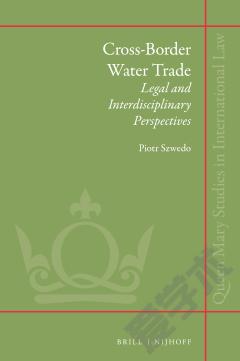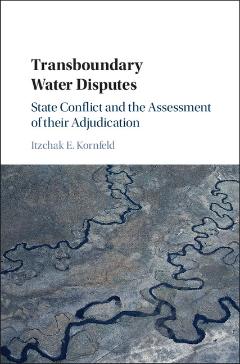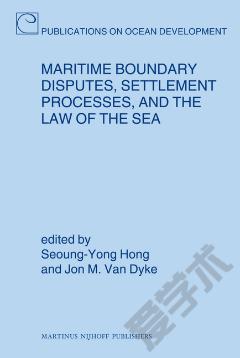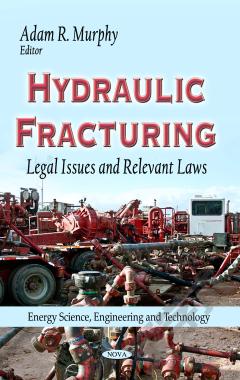The Legal Regime for Transboundary Water Pollution: Between Discretion and Constraint —— Between Discretion and Constraint
----- 跨境水污染法律机制
The main challenge for international environmental law is to strike an adequate balance between the discretion of states to undertake economically attractive activities and the need for constraint in order to protect the environment. This book examines in relation to one particularly elaborate environmental regime (the regime for transboundary water pollution as it applies to the Netherlands) how international law has sought to replace discretion by constraint, and what limitations have been encountered with that endeavour.The study provides a comprehensive assessment of the main assets and lacunae of the regime for transboundary water pollution. It discusses the applicable substantive and procedural rules (including new developments such as the precautionary principle, the obligation to apply the best available clean technology and the obligation to conduct environmental impact assessments); the combined use of legal rules (such as the 1992 Convention on the Protection of Transboundary Watercourses and the 1992 Paris Convention on the Protection of the Marine Environment of the North-East Atlantic) and non-legal rules (such as the Rhine Action Programme), and the application of procedures to control the implementation of states' obligations. As many of the issues are not exclusively relevant to transboundary water pollution, the main conclusions of this study may prove directly applicable to other international environmental regimes.André Nollkaemper is research-fellow at the Netherlands Institute for the Law of the Sea (NILOS) and the Institute for Public International Law, Utrecht University.
{{comment.content}}








 京公网安备 11010802027623号
京公网安备 11010802027623号